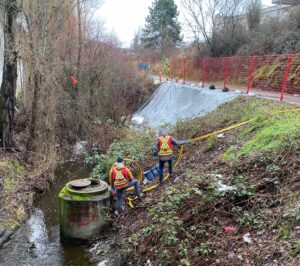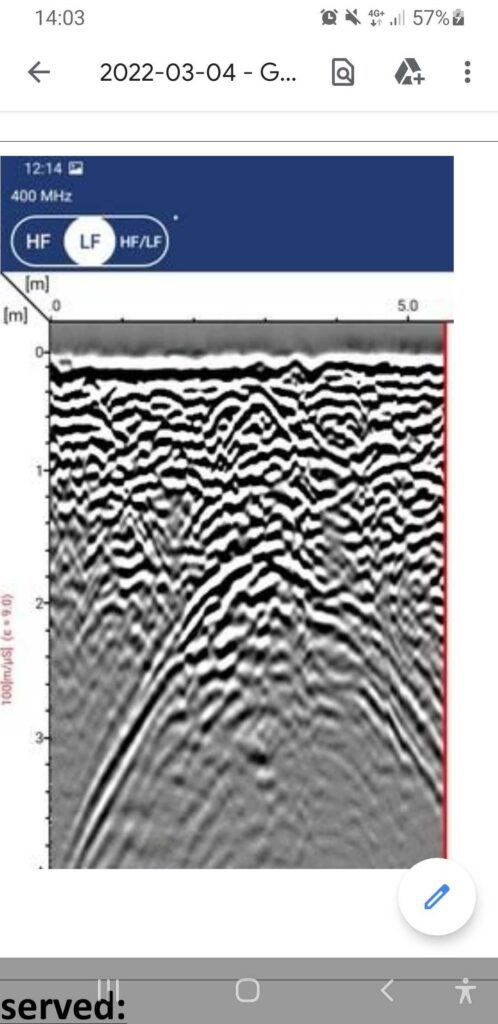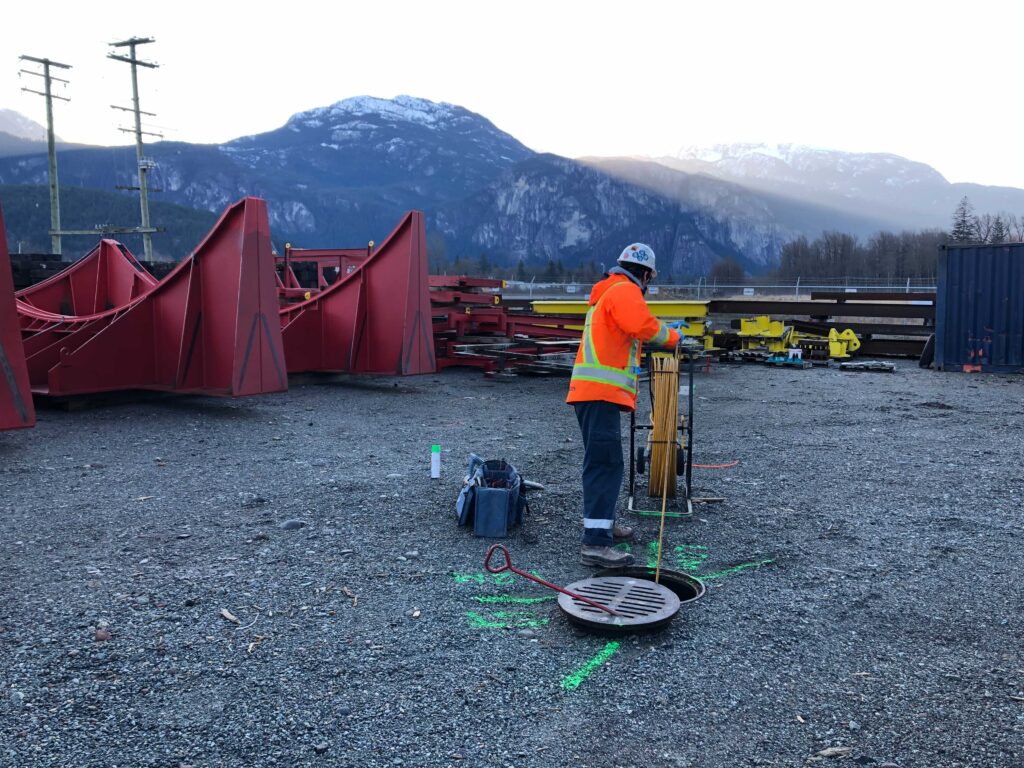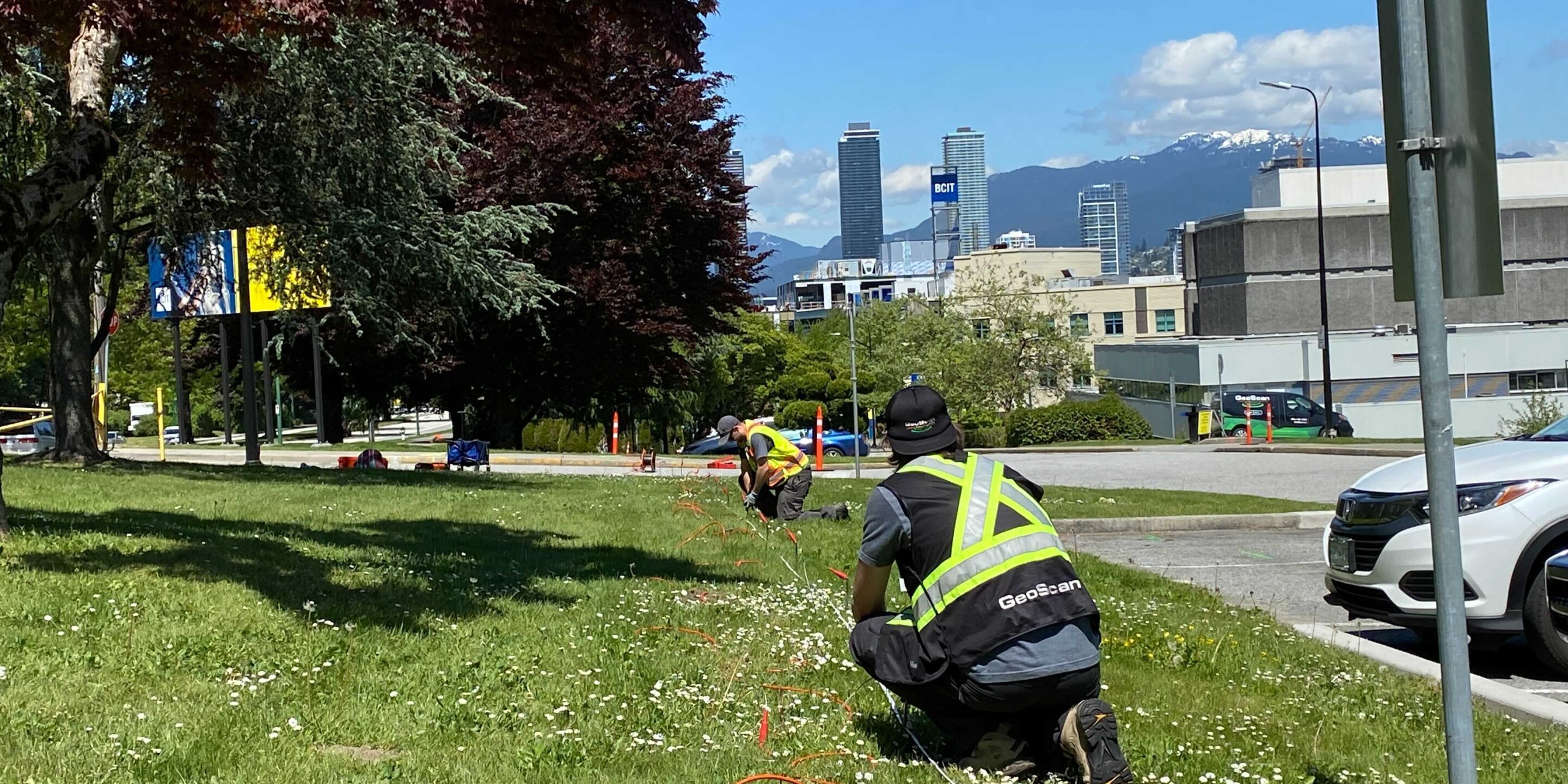Utility locating is a unique craft. It involves working independently, thinking on your feet, troubleshooting, diligence, intuition, and considerable skill.
How can you prepare oneself for a fresh locate? Firstly, bring your standard equipment – GPR transmitter, electromagnetic locator, metal detector, and paint to mark the utilities. But aside from the essential equipment, there are a few lesser known things you should always bring to a locate. We’ll dive into these here.
Your Eyes
They are always with you. Or are they? Are they active? Are you using them?
Your eyes are extremely important for a number of reasons. Safety being one of them. Identifying potential threats – unstable ground, vehicles, tripping hazards, forehead-height branches – is essential to keep you and others safe on site. Always continue to scan and rescan – prepare for your environment to change.
Where are the utilities? Is there a utility structure? A pole? A valve obscured by overgrown vegetation? Is there a riser or conduit on the side of a building? A parking plugin?
These are only some of the many potential physical clues that there may be a buried utility in the area. Learn what to look for, where these structures are likely to be, and where they may be hidden. Always look before, during, and after performing a utility locate. Use your eyes!

GeoScan utility locators scale a creek bank to inspect a raised manhole
An Open Mind
It is easy to get complacent. As a utility locator, you can become acquainted with a certain municipality or region, or a specific style of utility installs and print data. Don’t get too comfortable, keep learning! Look at each locate with all the experience of your previous locates, but also as if you had never been on a locate before.
Even after many years, a utility locator can always find something new. Something unusual. Something surprising. Potentially even something monumental! Take your time, don’t make assumptions about what something is, or should be. Keep an open mind.
A Positive Attitude
Utility locating can be frustrating at times. A harried schedule; bad traffic; a congested or hazardous work site; confrontational home or business owners; even an aggressive dog. Don’t let these throw you off your game!
Locating is an exercise of skill and technical prowess, but it is also a profession that calls for strong customer service. Every contractor is relying on your ability, experience, and professionalism. Their money, equipment, staff, and safety are on the line. As a locator, you need to keep that in mind. Control your emotions, try not to get overly-frustrated, flustered, or angry. Always engage stakeholders and colleagues with respect and professionalism. Building familiarity and trust is a process, but it can benefit you in many ways down the line. Stay positive.

Adam gives a friendly wave to his drone camera while on a locate
Don’t Forget Your Phone
This may come as a surprise – but it is one of the best tools currently available in the industry.
Is print data available? If so, it can usually be emailed and screenshot for immediate accessibility, right in the field. Print data not available? Looking up GIS and municipality records can be an enormous assistance when trying to identify public utilities on a job site.
Have a question? Confused? Completely stumped? It happens. Calling or texting someone can help get you out of a jam. A fresh perspective from a colleague for example, can help point you in the right direction. At GeoScan, we have a slack channel dedicated to technical matters where staff can pose questions while they are in the field. Oftentimes, someone will have a similar experience they can pull from.
Take pictures. Record voice notes or text notes. Take videos if need be. And remember, 911 is always just one call away if a crisis arises. Don’t leave your phone in your vehicle, it’s your connection to valued resources.

Arm Yourself With A Big Chunk Of Metal
This one has personally gotten me out of a number of locating situations. A big chunk of metal? How big?
Well, the first one is a hefty ground spike. Under many circumstances, a nail, or even just your leads, can get a good ground and complete a locate. But what about sandy, loose soil? Moss and mulch? Gravel and dry ground? In these circumstances, a long, robust rod of steel – like a 14” x ½” (350mm x 13mm) lag bolt with a sharpened end can get deep enough, with enough ground contact to achieve a superior ground. Also, being a thick chunk of strong metal, it can be retrieved if you have to pound ten inches deep into hard-packed soil. A piece of rebar dowel or small nail is going to bend, and likely be useless afterwards.
The second one is a long metal rod. Maybe six, eight feet long? (1.8m to 2.4m). If you can fit one of those into your vehicle, you can drop it into a vault, pit, or hydrovac hole where a conductive utility structure may be exposed. Place the rod firmly on the top of the pipe or structure, clip on to the rod, and you can in many circumstances get a direct connection on a utility installed far out of arm’s reach! A magnet on a string can assist here as well, but there are limiting factors like dirt, paint and corrosion. Sometimes a big piece of conductive metal can get you what you need, instead of merely gazing longingly at your target.

GeoScan technician feeds trace rodder down a manhole
Five Things To Bring To Every Utility Locate
So there you have it! There are of course, many tips, tricks, improvised and established tools and accessories that can be brought to any locate. But don’t overlook the basics. Don’t ignore important resources. Keep looking for ways to improve your in-field techniques – it will make your job easier!
For more insights from professional utility locators, check out our other article ‘So You Want To Be A Locator?’.
